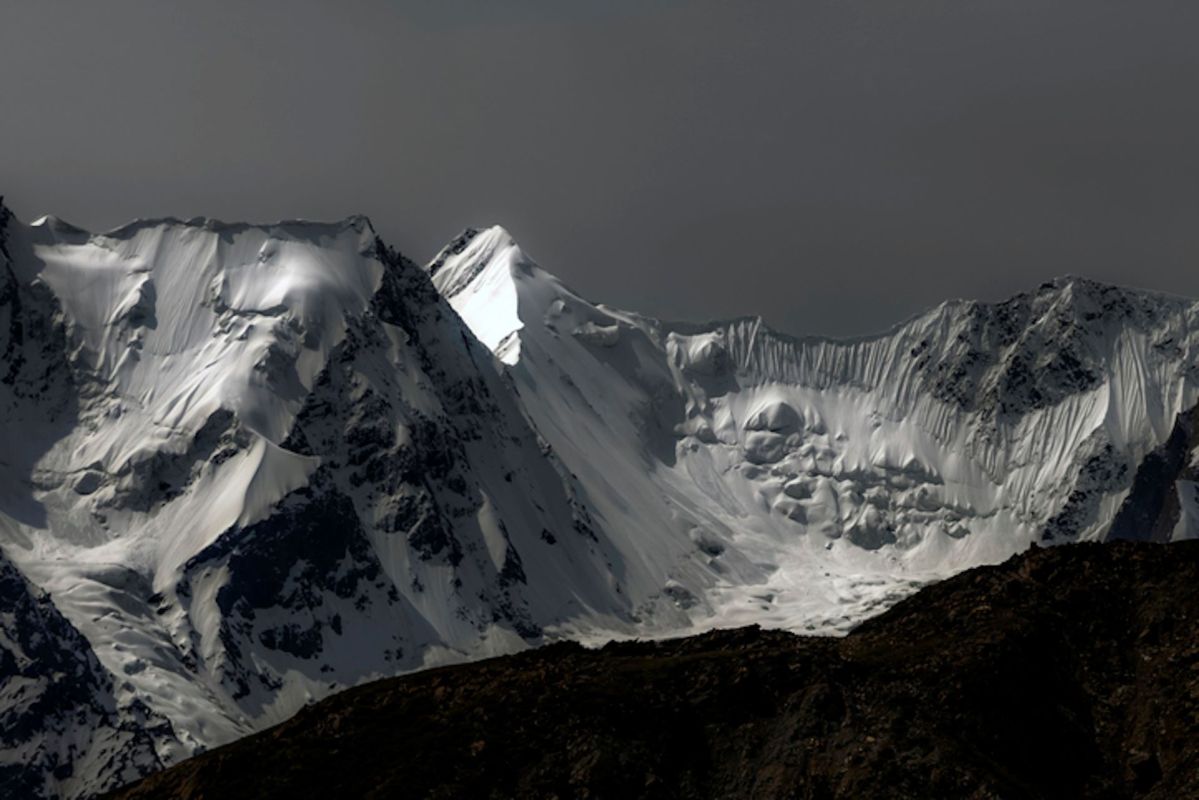Residents of Pakistan's highlands are undertaking a ritual to create a "baby glacier."
Chunda is a village in Baltistan, a mountainous northern territory of Pakistan. The territory is part of a larger area sometimes referred to as the "Third Pole," which is home to the world's largest volume of freshwater ice outside the polar regions.
Residents of Chunda and other villages in Baltistan rely on glacial meltwater to sustain their crops. But as glaciers have rapidly retreated in recent years, steady water sources have grown scarce.
Already, around 80,000 Baltistan residents live in areas where life is threatened by the planet's overheating. Melting glaciers sometimes form unstable lakes, which can result in flooding and destruction of farmland, houses, and roads. Avalanches have also grown increasingly common.
Even if temperature rises are mitigated, Asia's high mountains are projected to lose 30% to 50% of their ice by 2100. That ice feeds 10 major river systems whose water sustains roughly 1.9 billion people, according to National Public Radio.
Saeed Baltistani, a village leader in Chunda, decided to revive an ancient ritual to create a glacier. Residents believe white glaciers are female and black and brown glaciers (which get their color from rock debris) are male.
Pieces from the two glaciers are mixed together, which is believed to allow for the birth of a new glacier.
Jakob Steiner, a mountain hydrologist, told NPR that the ritual could be promising. In retrieving pieces of ice from lower-elevation glaciers and bringing them higher up into the chill of the mountains, the ice has a lower chance of melting.
"[Residents] put it into caves, where [the ice is] shaded from solar radiation. It's much colder," Steiner said. "It's going to rain on top as well. So it's going to freeze — so that ice actually grows."
Baltistani led dozens of men from his village in an expedition to retrieve the pieces of glacier they'd need to complete the ritual. Two years after combining the "male" and "female" glacier pieces, Baltistani returned to the ritual site to check on the baby glacier. Sheltered from the sun, the pile of ice had grown only a bit.
This marked the first time the ritual had been completed in at least a decade. As a warming planet grows increasingly alarming for Chunda residents, villagers are willing to try unconventional methods.
"We are grasping at straws," Samsher Ali, a resident of Baltistan, told NPR. "Like a person drowning, we will try anything."
Join our free newsletter for weekly updates on the coolest innovations improving our lives and saving our planet.









